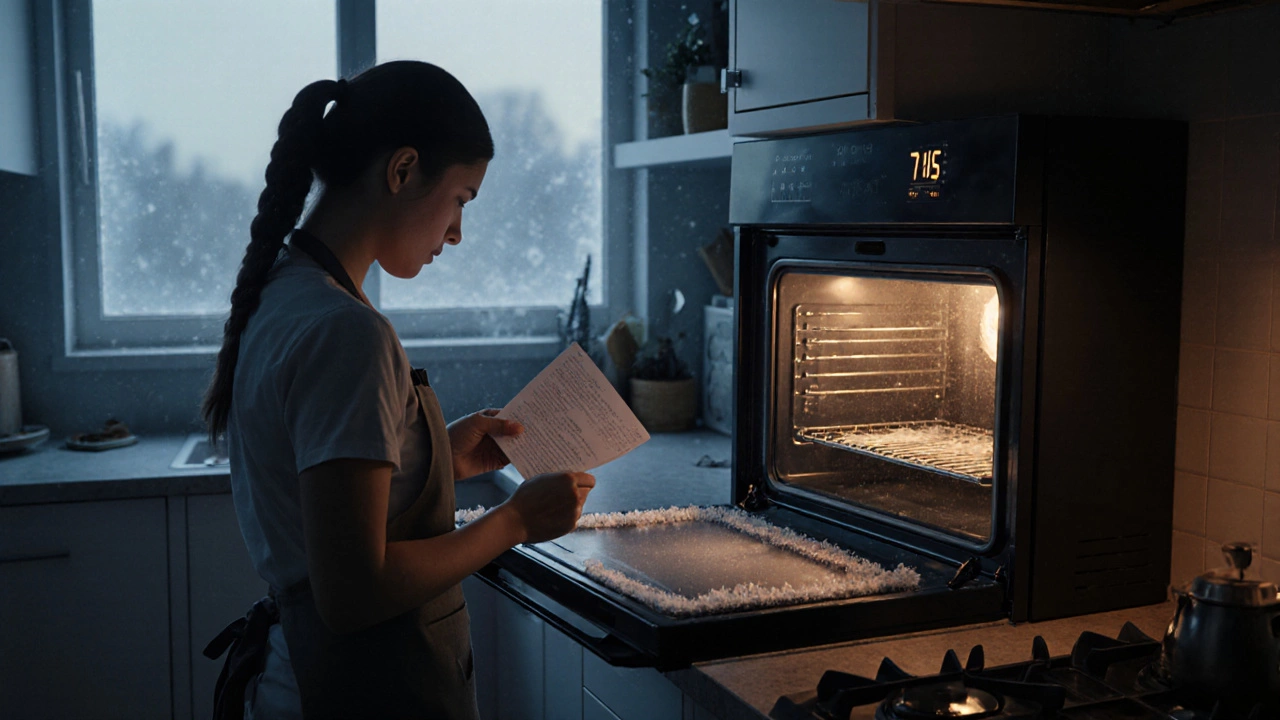When dealing with thermostat issues, any problem that prevents your heating or cooling from staying at the set temperature. Also known as thermostat problems, they can leave your home too hot, too cold, or bouncing between extremes.
One of the biggest culprits is a temperature sensor, the little device that reads room heat and tells the thermostat what to do. When that sensor drifts or fails, the whole system gets confused. Thermostat issues often show up as short‑cycling, where the furnace turns on and off rapidly, or as a steady temperature that never matches the dial.
The HVAC system, the network of furnace, air conditioner, ducts and vent controls that moves air through your home, is the stage where thermostat issues perform. A clogged filter, low refrigerant, or faulty blower can mimic thermostat problems, so you need to check the whole system before swapping out the thermostat itself. Calibration is another key piece: a thermostat that isn’t calibrated correctly will read a temperature that’s off by several degrees, leading you to over‑heat or over‑cool. Proper calibration aligns the dial with the actual room temperature.
Energy efficiency ties directly to how well you manage thermostat settings. By fixing sensor errors and ensuring the HVAC system runs smoothly, you cut wasted cycles and lower bills. Simple tricks like setting a consistent temperature, using programmable schedules, or installing a smart thermostat can keep comfort high and costs low.
Below you’ll find a curated set of articles that break down the most common thermostat failures, show you step‑by‑step diagnostics, and tell you when it’s time to call a pro. Whether you’re a DIY homeowner or just want to understand why your house feels off, the guides ahead cover sensors, calibration, HVAC checks, and energy‑saving tips to get your climate back on track.
Posted by
Orin Trask
0 Comments

Learn why an oven might not heat up, how to diagnose common faults, and when to call a pro. Covers heating elements, thermostats, control boards and preventive tips.
read more